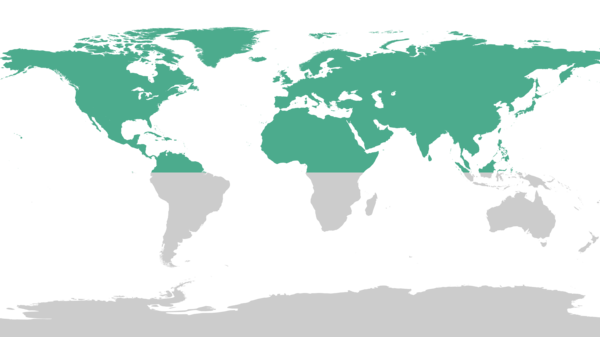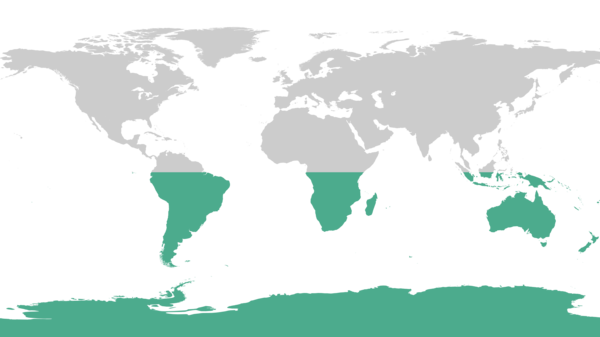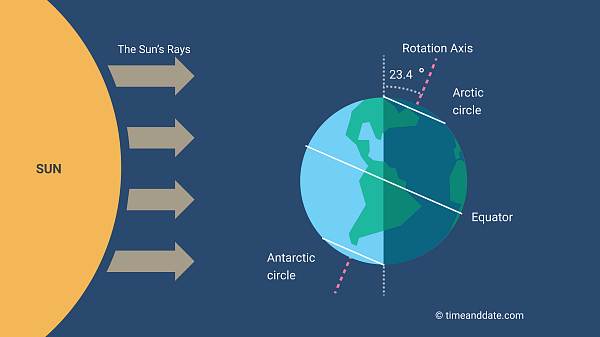Winter Solstice: When Does Winter Start?
The first day of winter in the Northern Hemisphere is in December; south of the equator, it is in June. Find out exactly when the winter season starts.

In the temperate and polar zones, winter is the cold season.
©iStockphoto.com/standret
Equal day and night? It happens at the solstice!
Winter Date for 2024 and 2025
According to the astronomical definition, winter begins with the winter solstice. In the Northern Hemisphere, it's the December solstice; south of the equator, it is the solstice in June.
Winter Solstice, Northern Hemisphere (December)
North America, Europe, most of Asia, Northern Africa

In Tokyo, Japan: 2024年12月21日土曜日18時20分 JST (Change location)
This corresponds to 2024年12月21日土曜日9時20分 UTC.
Winter Solstice, Southern Hemisphere (June)
Australia, New Zealand, South America, southern Africa

In Tokyo, Japan: 2025年6月21日土曜日11時42分 JST (Change location)
This corresponds to 2025年6月21日土曜日2時42分 UTC.
Solstices and equinoxes in your city
Alternative Winter Start Dates
Meteorologists use a different method of defining the first day of winter. And, in some countries, the beginning of the seasons is determined by average temperatures rather than fixed dates or astronomical events.
Meteorological and other seasons definitions
Days Get Longer During Winter
Astronomical winter begins at the winter solstice, which is the shortest day of the year. This means days get longer during winter—very slowly at first, but at ever-larger daily intervals as the March equinox approaches, heralding the start of spring.
Locations closer to the poles experience larger differences in day length throughout the year, so winter days are shorter there. In Toronto, the shortest day is just under 8 hours and 56 minutes long; in Miami, roughly 2000 kilometers or 1200 miles farther south, it lasts about 10 hours and 32 minutes.
Places within the polar circles experience polar night during all or part of the winter season when the Sun does not rise at all.
Earliest sunset is not on the shortest day

Earth's orientation at the December solstice
© timeanddate.com
Longer Days, but Falling Temperatures
Although daylight hours increase during the winter months, temperatures continue to fall in most regions. This is because it takes time for Earth, particularly its oceans, to change temperature—an effect known as seasonal lag. (As a comparison, the planet Mars has seasons but no oceans, so there is almost no seasonal lag.)
Winter Traditions and Folklore
The start of winter and the winter solstice are celebrated in cultures and religions around the world with various traditions, holidays, and festivals.
Winter festivals: Christmas, Juul, and Saturnalia
Winter Months
In the Northern Hemisphere, astronomical and meteorological winter runs from December to March. South of the equator, it starts in June and ends in September. Read more about the history and meaning of the winter months:
Northern winter months
December | January | February | March
Southern winter months
June | July | August | September
How Long Is Winter?
The Earth does not move at a constant speed in its elliptical orbit, so the seasons are not of equal length. On average, winter lasts for 89.0 days in the Northern Hemisphere and 93.6 days in the Southern Hemisphere.
Average season lengths:
- March equinox to June solstice: 92.8 days
- June solstice to September equinox: 93.6 days
- September equinox to December solstice: 89.8 days
- December solstice to March equinox: 89.0 days